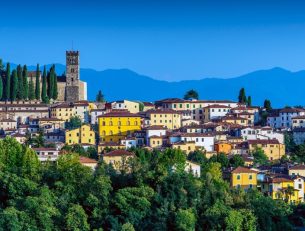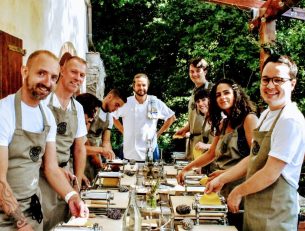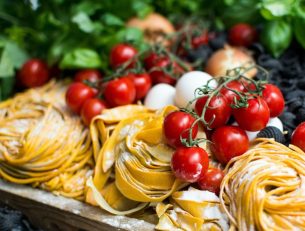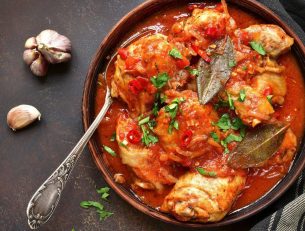Italian cooking’s real secret is that it’s actually extremely simple. However, that doesn’t mean that mastering Italian cuisine is by any means easy. Italian cooking methods are the result of high quality ingredients, age-old traditions, and a genuine passion and love for good food that goes pretty much unmatched anywhere in the world.
Whilst you can go and experience some of this food on one of our cooking holidays in Italy or on street food tours around the atmospheric Naples or beautiful Rome, we know that for the last year at least, these kinds of experiences have been put on hold.
So we’ve decided to collate 10 of the most iconic Italian cooking methods, so that the next time you feel like you want a taste of Tuscany or some scents of Sicily in your home, you can have a go at replicating some classic Italian dishes.
We’ve split our list into five methods, four classic dishes and one vital tip that should help inspire you to cook like a true Italian.
1. Season like an Italian
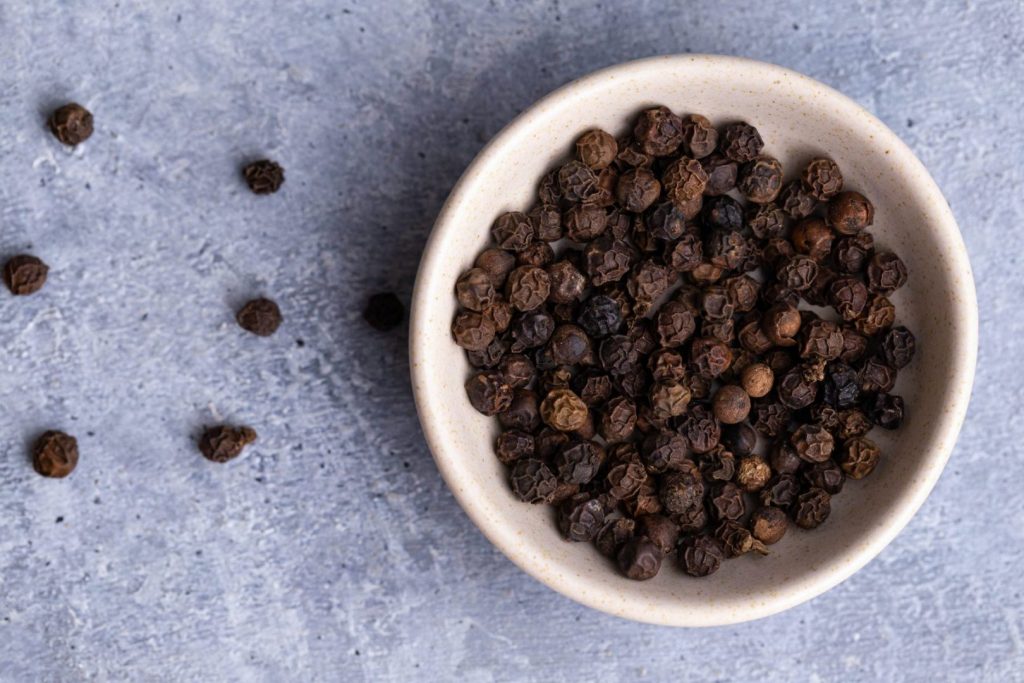
One absolutely essential part of any authentic Italian dish is getting the seasoning just right. And one of the key parts of this is ensuring that you use your salt and pepper during the cooking process – not afterwards.
Always use sea salt – we have our own suspicions about trendy Himalayan rock salt anyway, but the Italians will always traditionally use sea salt – and use it at the beginning of the cooking process so that it dissolves into your dish, which means you can leave your table salt alone.
2. Master your soffritto
If you’re really into your Italian cooking and want your dish to be a genuinely authentic one, you have to use a good quality soffritto as the base for your sauces, your soups, or your Italian stews.
A soffritto is made by roughly chopping the key ingredients of carrots, onions and celery into very small pieces, before cooking them gently in olive oil for up to half an hour. You’ll need to watch your pot fairly carefully to keep anything from burning and ruining the base of your dish – we’d recommend adding some salt to your onions to draw out the liquid in them, and prevent burning.
3. Make pasta properly
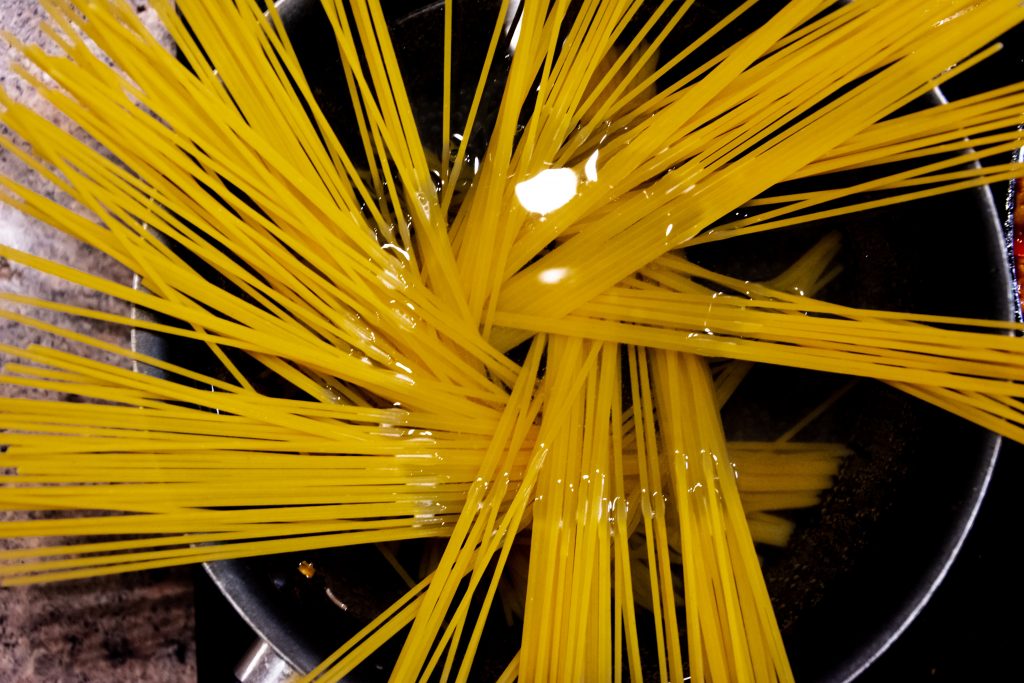
When people think about Italian food, more often than not their mind jumps straight to this most staple of foods that provides the bulk to thousands of Italian dishes across the country. But the chances are, you’re cooking pasta wrong, and in a way that would make Italians weep.
Never add oil to your pasta water, and make sure your water is properly boiling before your pasta goes in. Salt your water, but only after your water is already boiling, and make sure you leave space for your pasta to cook in boiling, not simmering, water.
All this will make sure you can get your pasta perfectly al dente, and not a plate of mush. Oh, and if you want to avoid offending an Italian dinner guest, never serve a side salad with your pasta dish.
4. Taste, adjust, taste again
One thing you’ll find with most iconic Italian dishes is that they’re cooked on a hob, and not in the oven, which is ideal for you because it means you can be constantly adjusting your dish to get just the right balance of salt, acid and heat.
And the only way of getting that right balance with a pinch of pepper here, a splash of wine or lemon juice there, is to constantly taste your food as you cook. Don’t expect to instinctively know what to add or what to balance out the first time you try this though. As we mentioned earlier, Italian cooking is simple, but it is not easy.
It takes a lot of patience and dedication to master Italian cooking – and the only way to do it is by learning and constantly getting to know the flavours of your dishes.
5. Find yourself a pestle & mortar
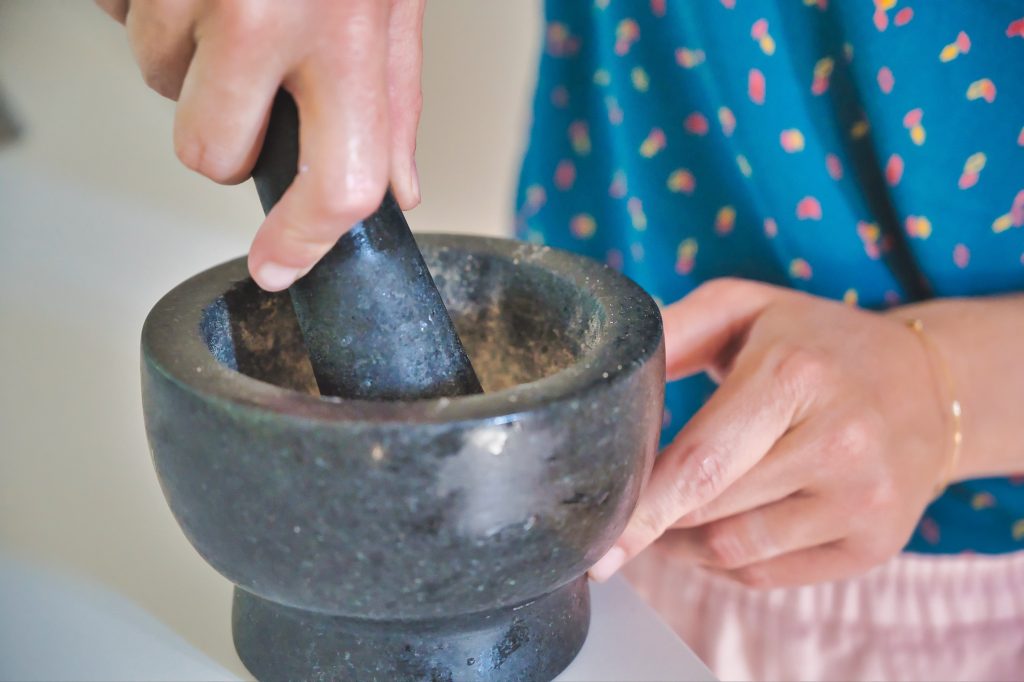
Whilst it may seem like a lot of effort in a world where kitchens are full of electric whisks, blenders and food processors, if you’re going to really commit to cooking in true Italian style, you’re going to have to use a bit of elbow grease.
Using a pestle and mortar releases flavours and creates textures that a blender just can’t recreate, and whilst it’s understandable that sometimes there just isn’t the time to create a rustic pesto, when you’ve got the time we would say it is one hundred percent going that extra mile.
6. Aglio e Olio
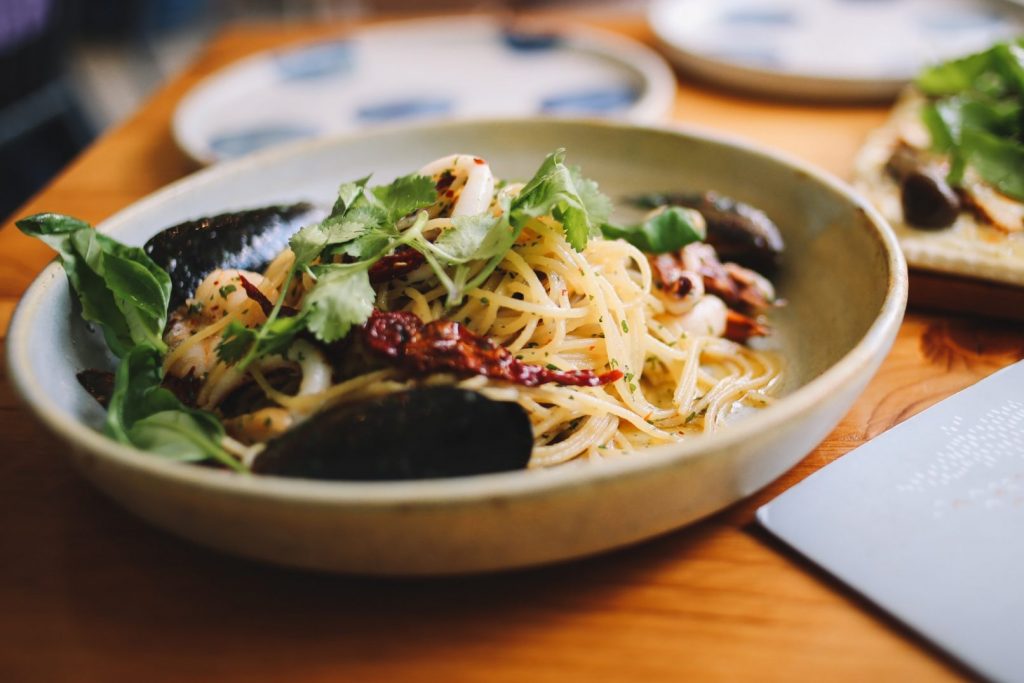
If there’s one pasta dish where there is absolutely no hiding, it is this most simple and basic of recipes that hails from Naples, and is the first step in making any other pasta sauce.
Garlic is cooked in olive oil and cooked spaghetti gets added – and that’s it. If you cook your pasta properly and make sure your garlic doesn’t burn by keeping it on a low heat, you can add your pasta to the pan with oil and garlic directly from its boiling water to retain some starchy pasta water and enjoy one of the simplest but most delicious iconic Italian dishes.
7. Risotto
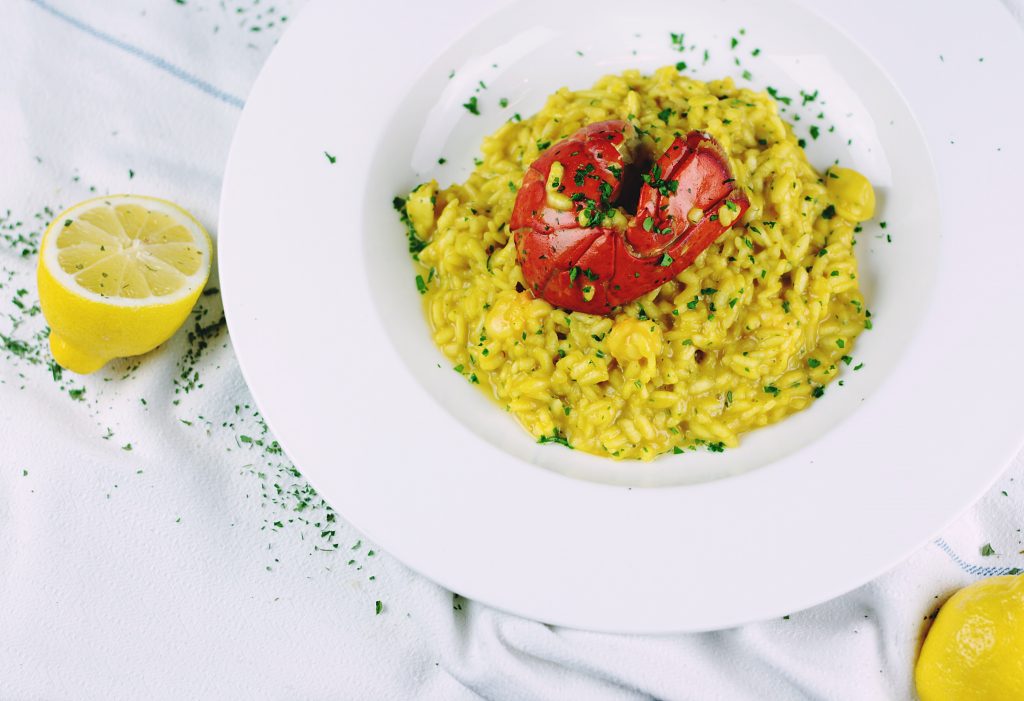
Risotto can be notoriously tricky, and typically of Italian cooking, the method takes patience and serious attention. To make this iconic Italian dish properly, you shouldn’t wash your rice, in order to retain the starchy texture you need for a creamy risotto.
Make sure you add hot stock as you stir your rice, as cold stock will only lengthen the cooking time, and most importantly of all, don’t stop stirring. You want the rice to be al dente and still have its shape, but the risotto to be creamy – a secret you’ll be able to unlock on any number of cooking holidays in Italy.
8. Ragù
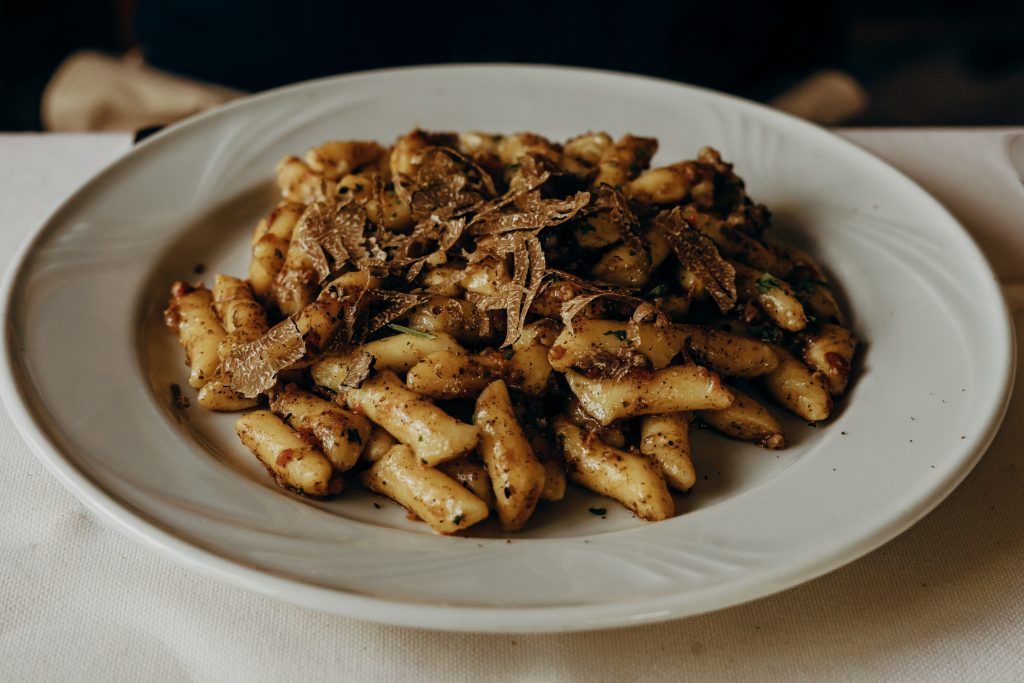
If you can master ragù, you’ll be able to wow anyone with proper, authentic lasagnas or the absolute classic that is spaghetti Bolognese, because that’s actually all Bolognese is – it’s a classic Italian ragù.
There’s a lot of misconception about the global phenomenon that is Bolognese. Many seem to think that the sauce is a tomato base, with meat added. In fact, ragù only has a touch of tomato sauce added, and most of the flavour comes from browning minced or ground meat, and leaving some unbrowned for the perfect balance of flavours.
Once you’ve got ragù down, then any number of dishes become easy – including crafting the perfect lasagna.
9. Carbonara
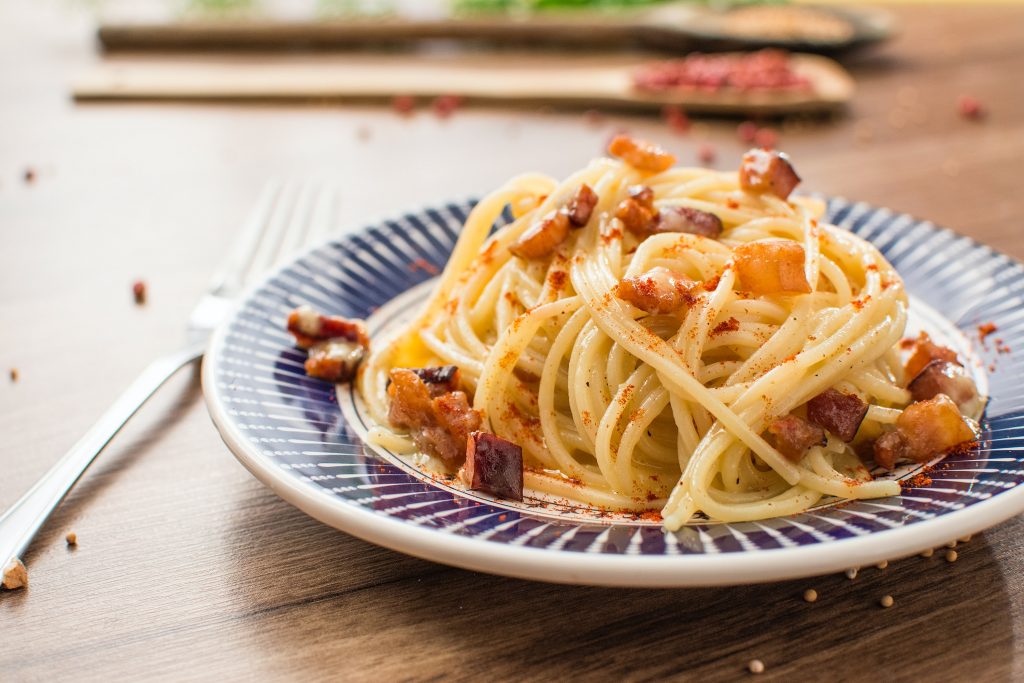
Another often confused dish carbonara is a dish that is proudly Roman and that you’ll almost certainly try on any kind of food tour, cooking class or cooking holiday in Rome, and one that if you can crack, is a crowd-pleaser anywhere. Many think there’s dairy in a carbonara, but that would be blasphemy to a Roman.
Simply a mix of egg, black pepper, hard cheese and cured pork, it follows the many Italian cooking methods in being able to create something delicious out of a few simple ingredients. To ensure you don’t scramble your eggs, mix together a raw egg with your hard cheese, black pepper and beautifully rendered pork, then stir in hot pasta to cook the egg into a beautifully silky sauce.
10. Buy quality ingredients
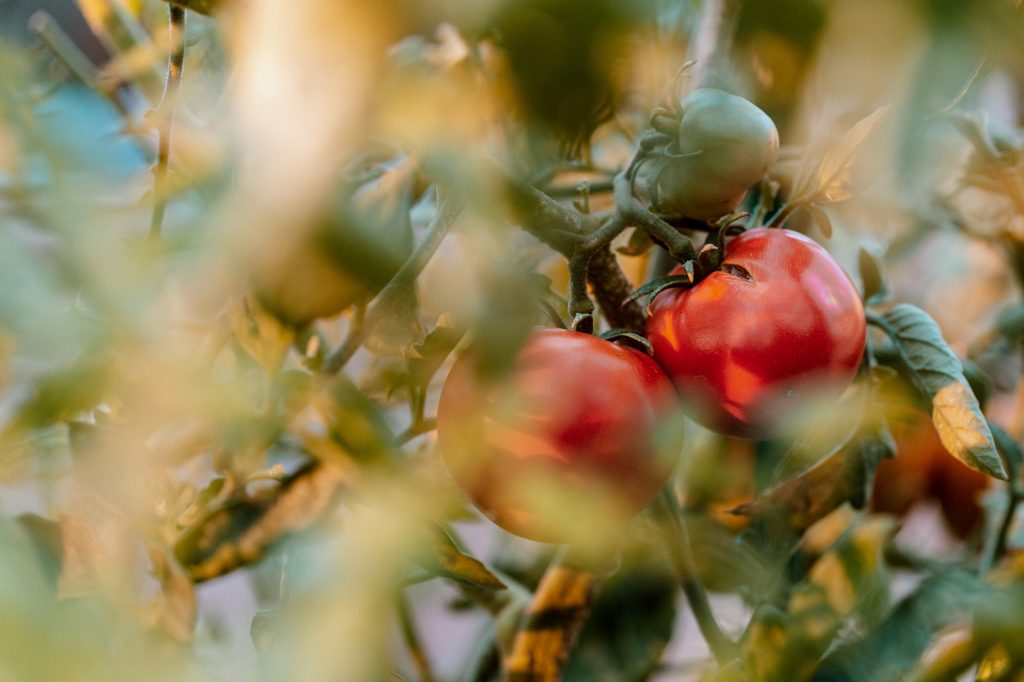
In Italy, one of the joys of each region’s cuisine is that it completely depends on the time of year. Everywhere you travel to, you’ll find that menus and specialties vary as the seasons go on, and the reason for this is that Italians can only whip up the culinary magic they do with the very best ingredients.
Cooking with ingredients that are at their freshest or they’re most ripe is a vitally important step to mastering any iconic Italian cooking method. Italian cuisine in Italy tastes so much better than anywhere else in the world simply because the raw ingredients being used are local and seasonal, and they produce the very best results.
At Not In The Guidebooks, we’re passionate about showing our customers true, authentic cultures and cuisines, and with our range of cooking holidays in Italy, you won’t just taste the local food, you will get immersed in Italian cuisine and learn to master it for yourself.





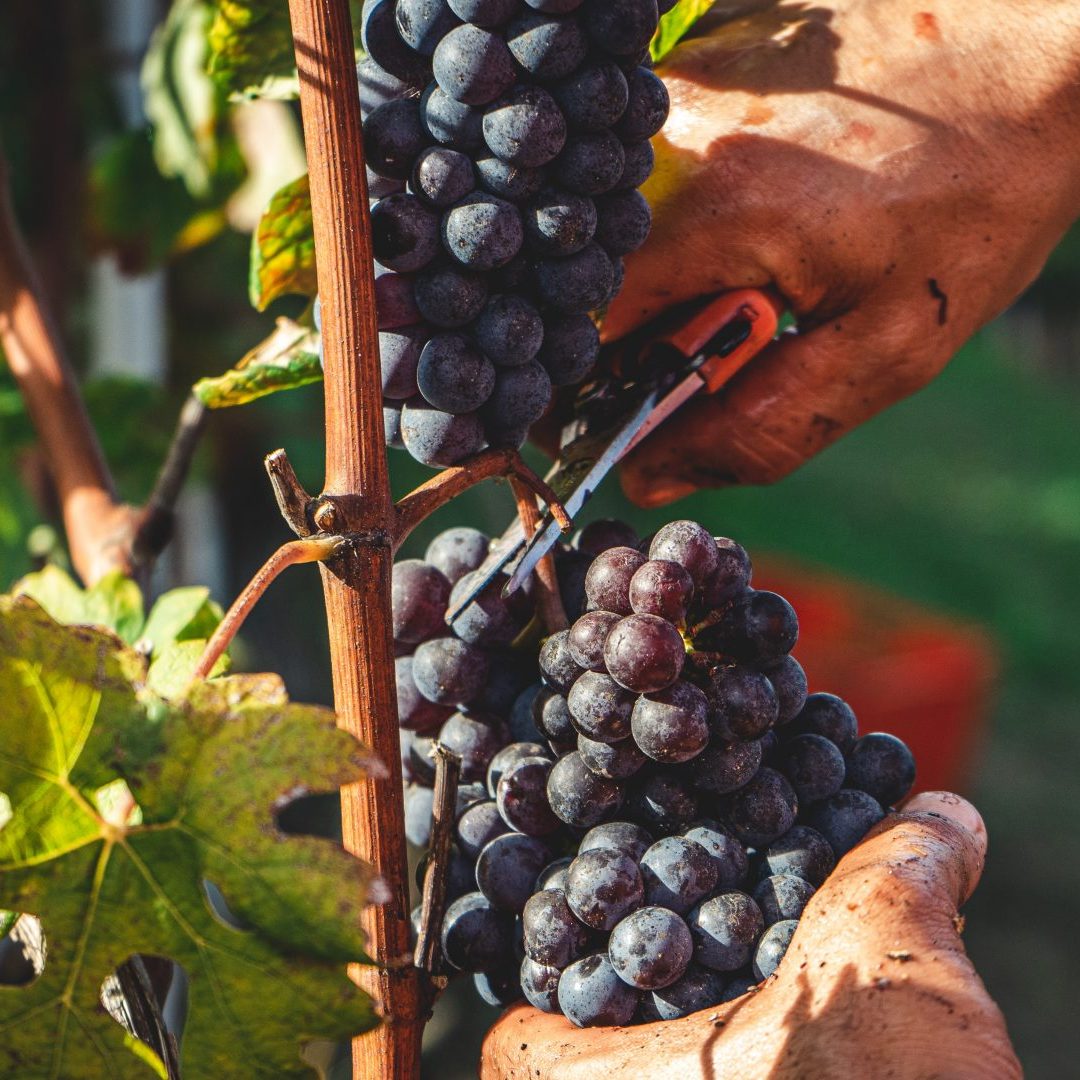





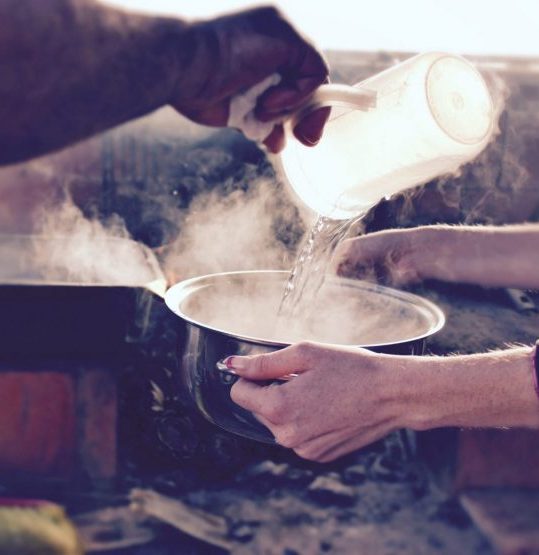
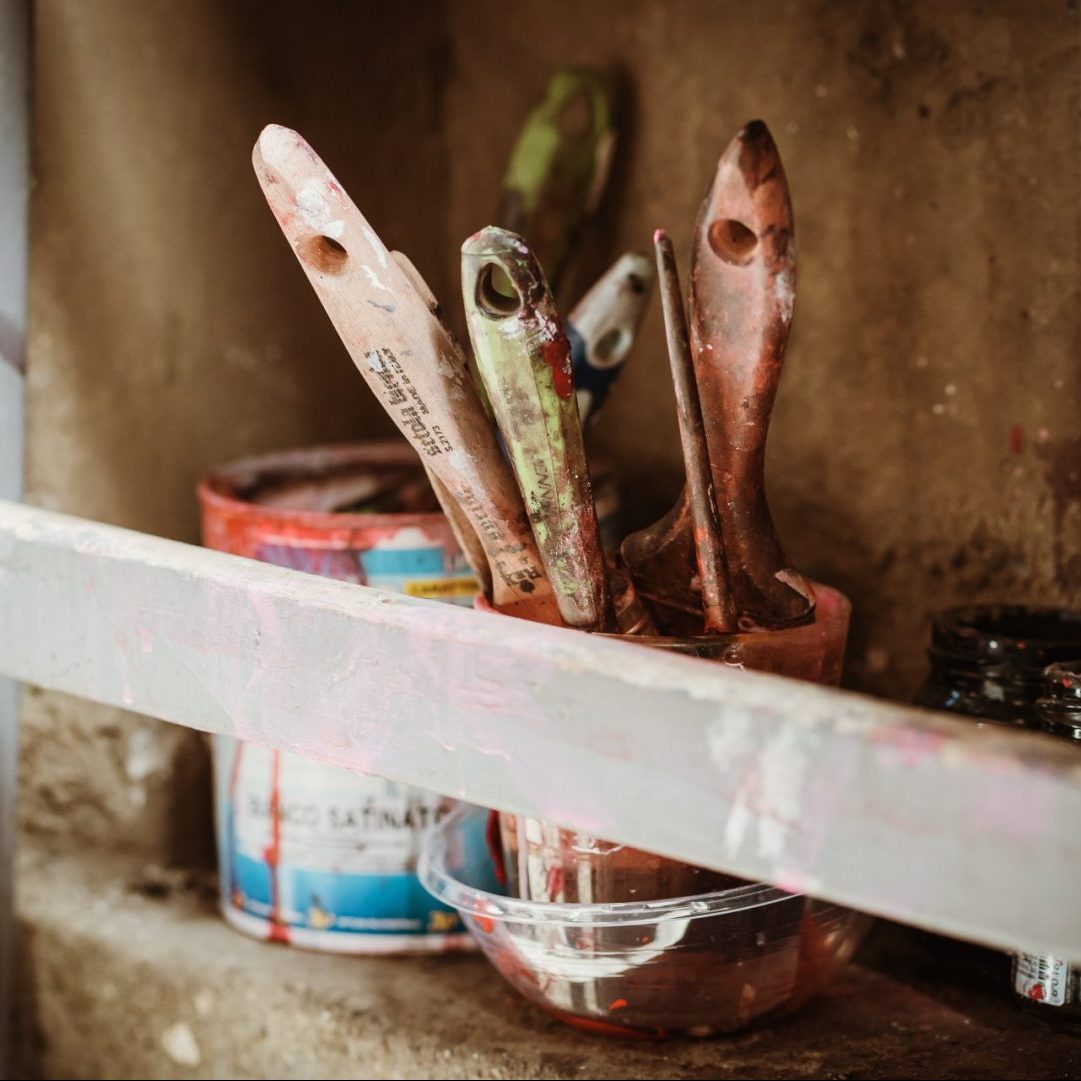






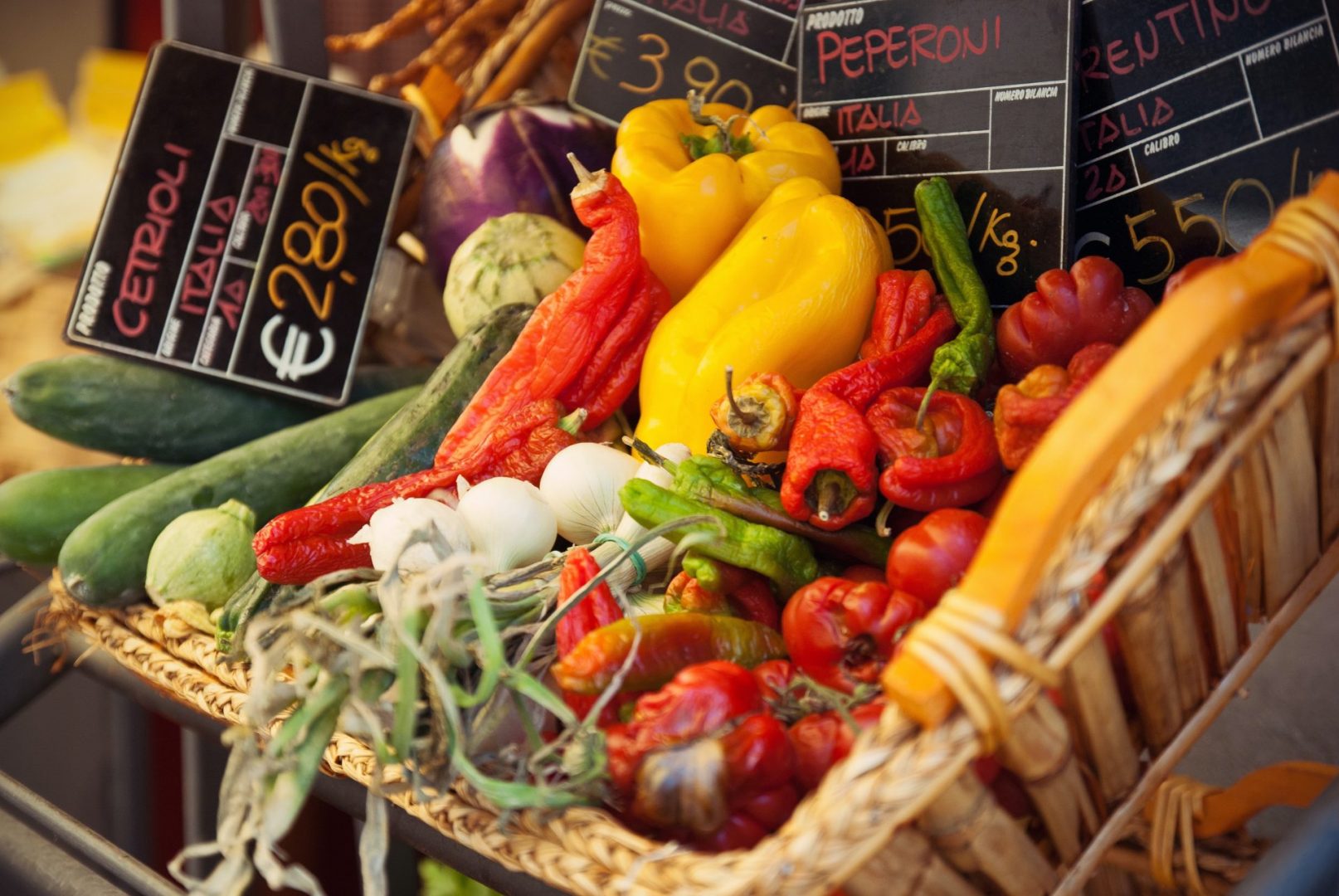


 Lake Garda
Lake Garda 